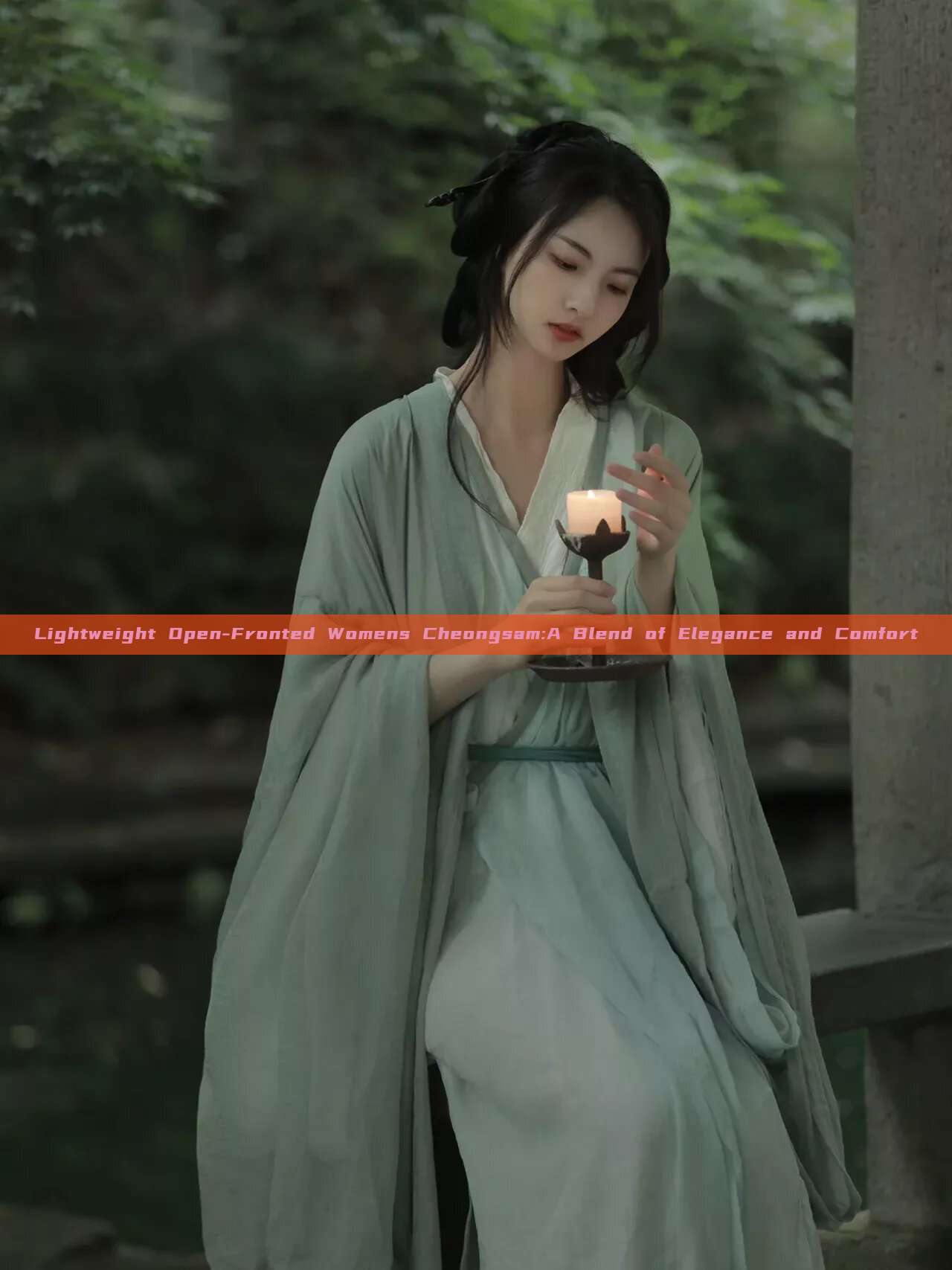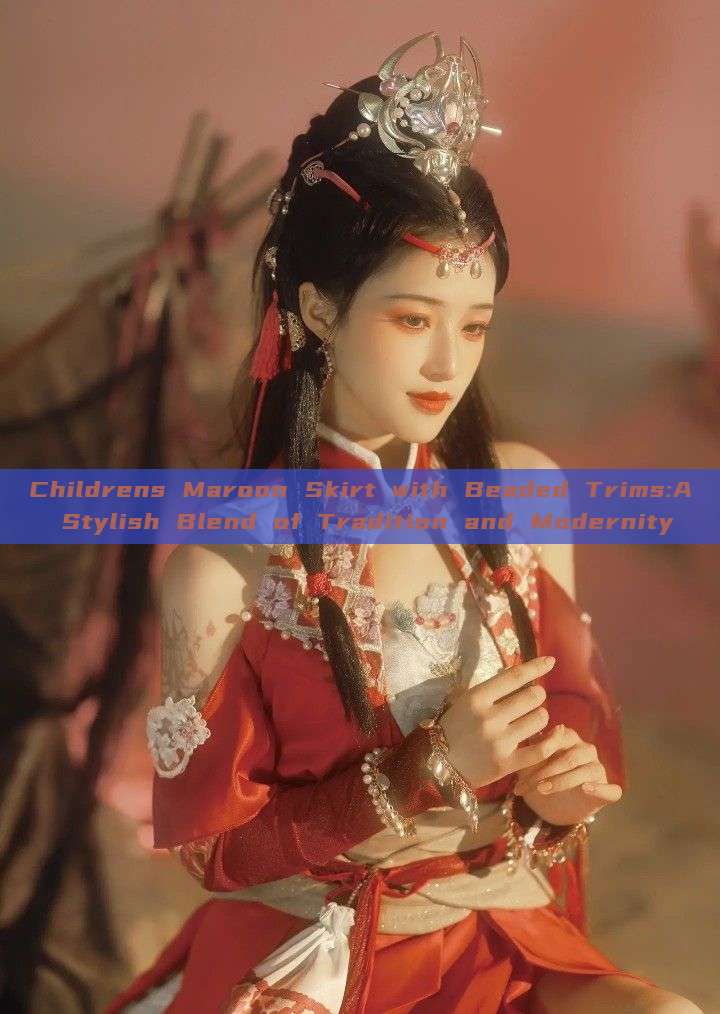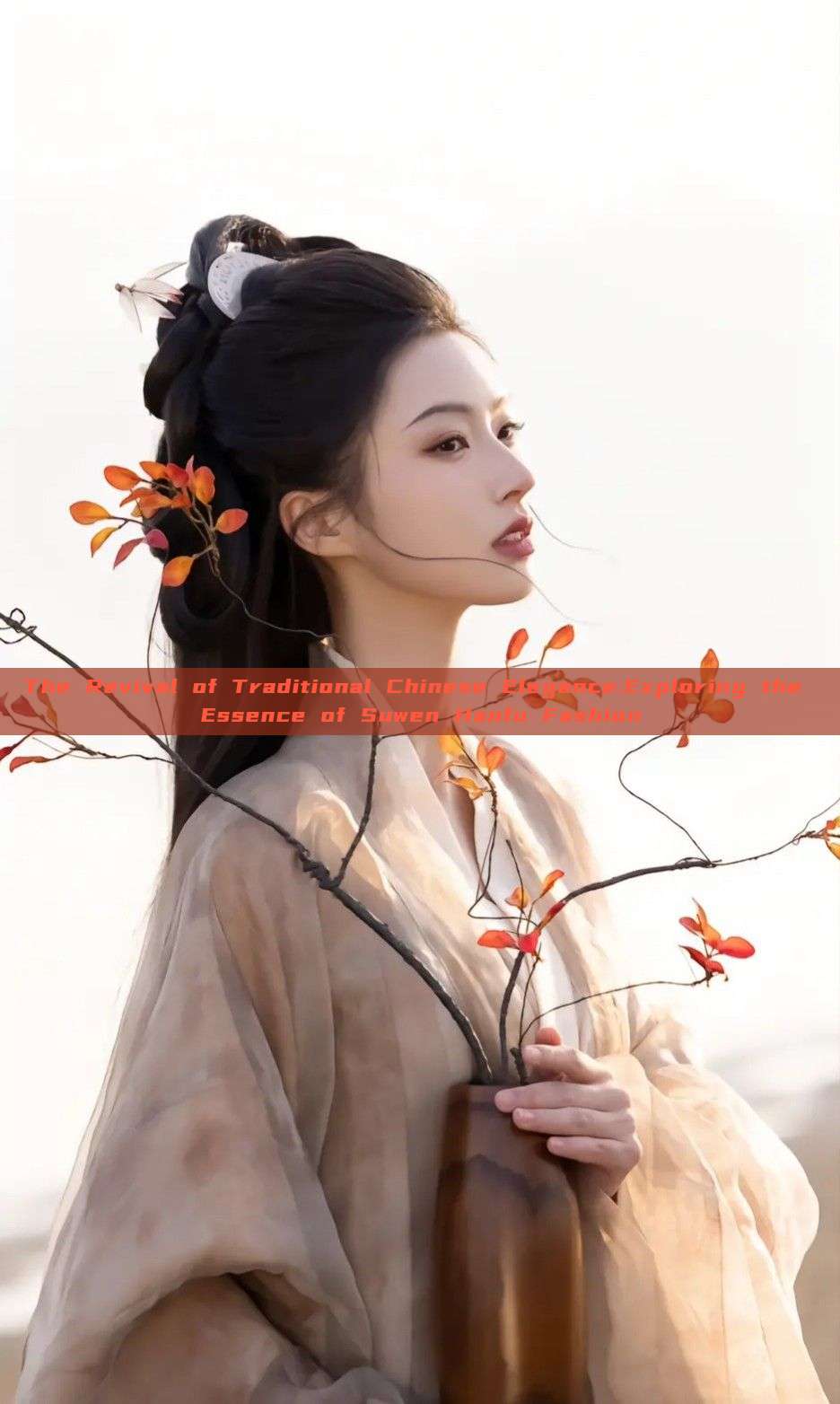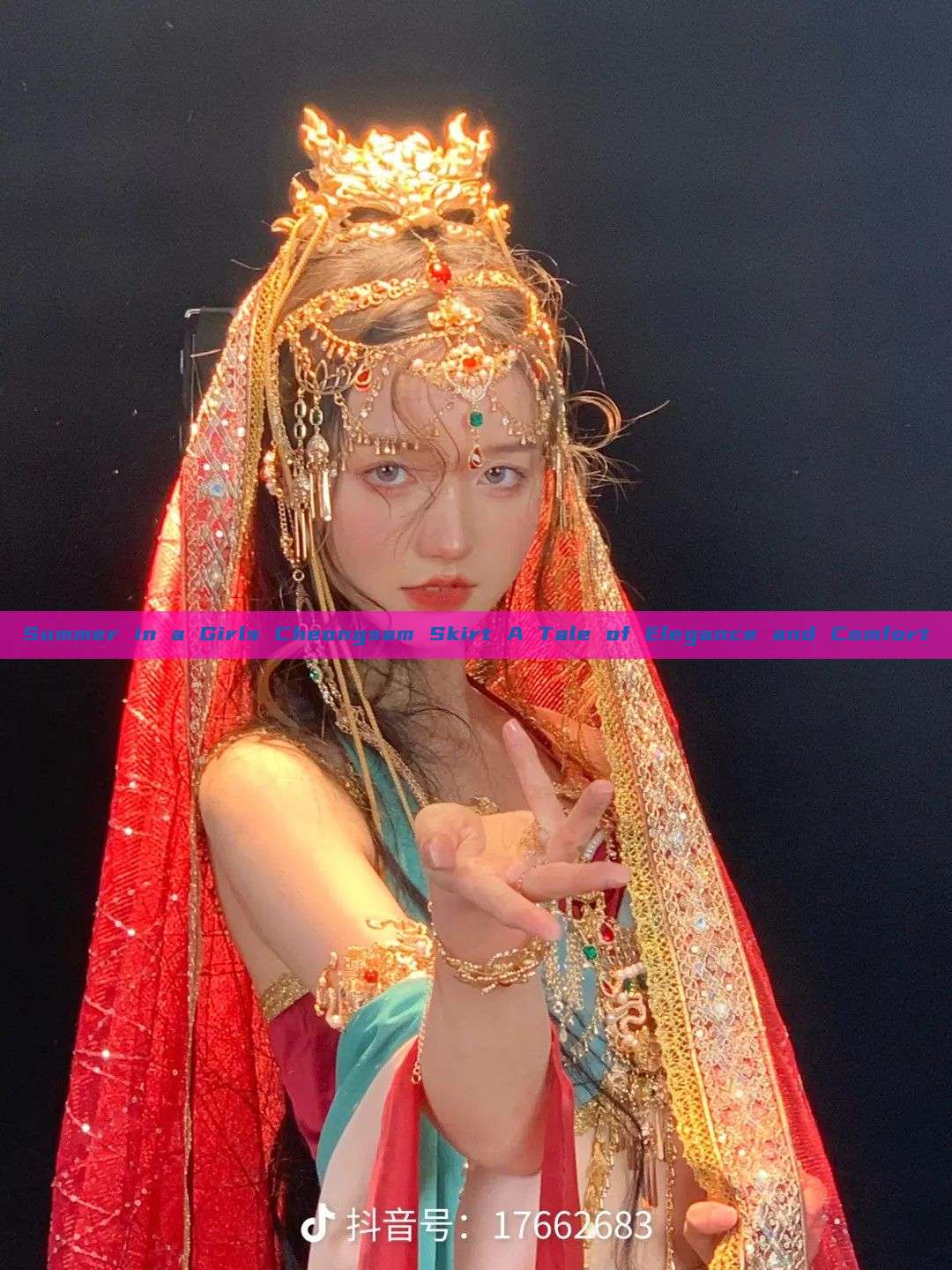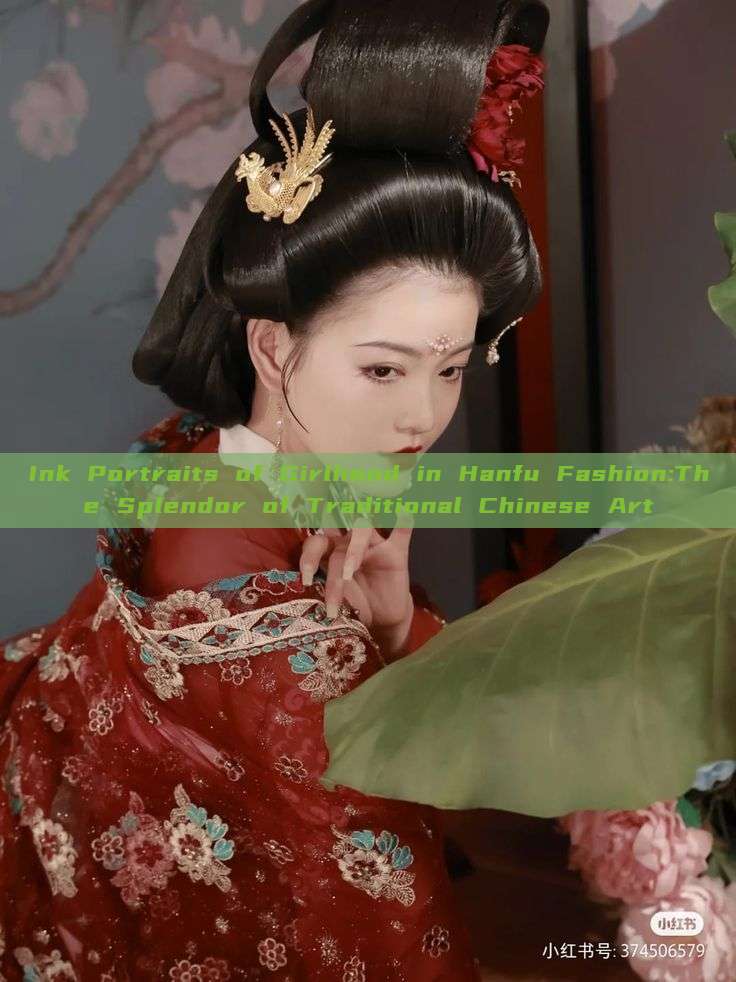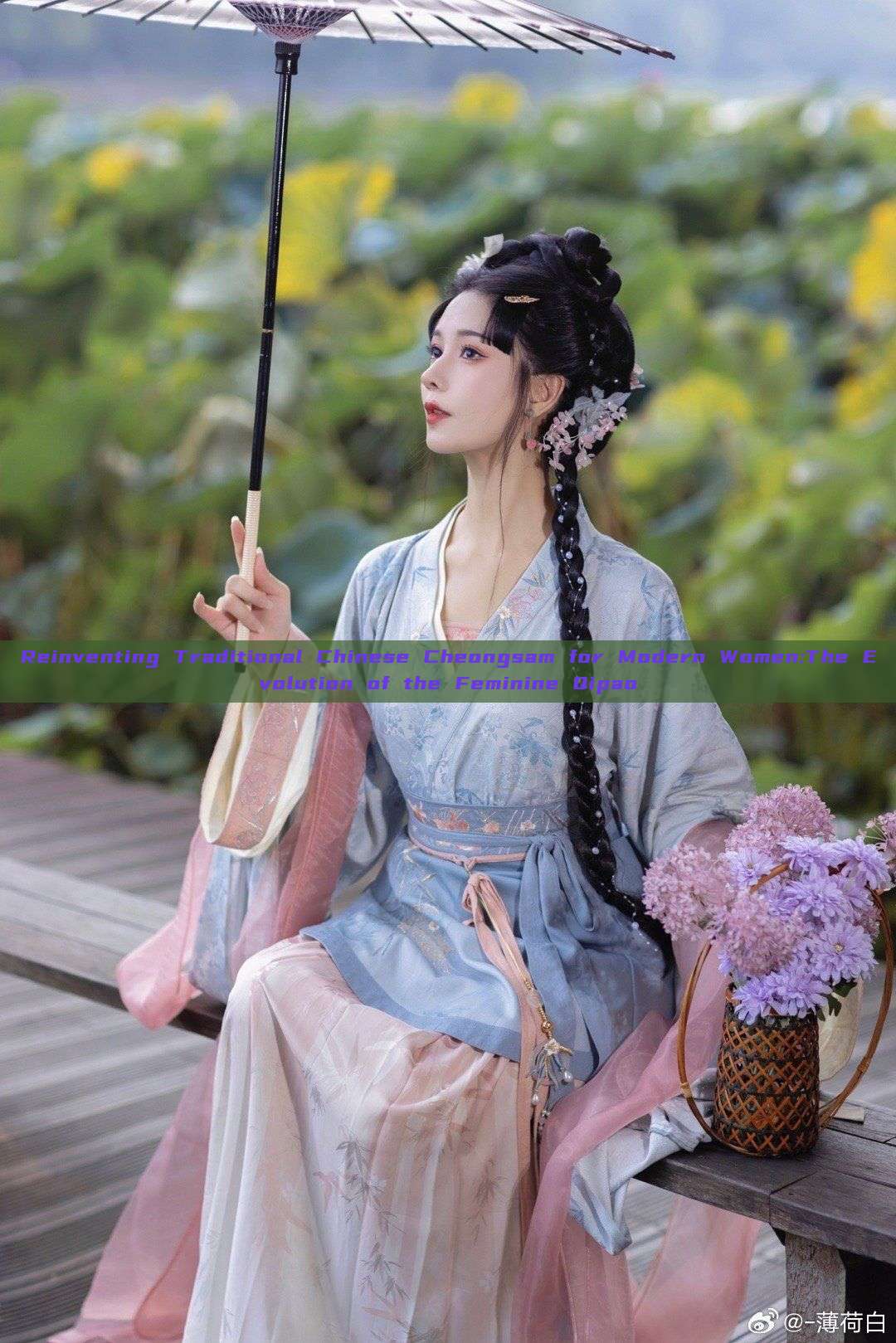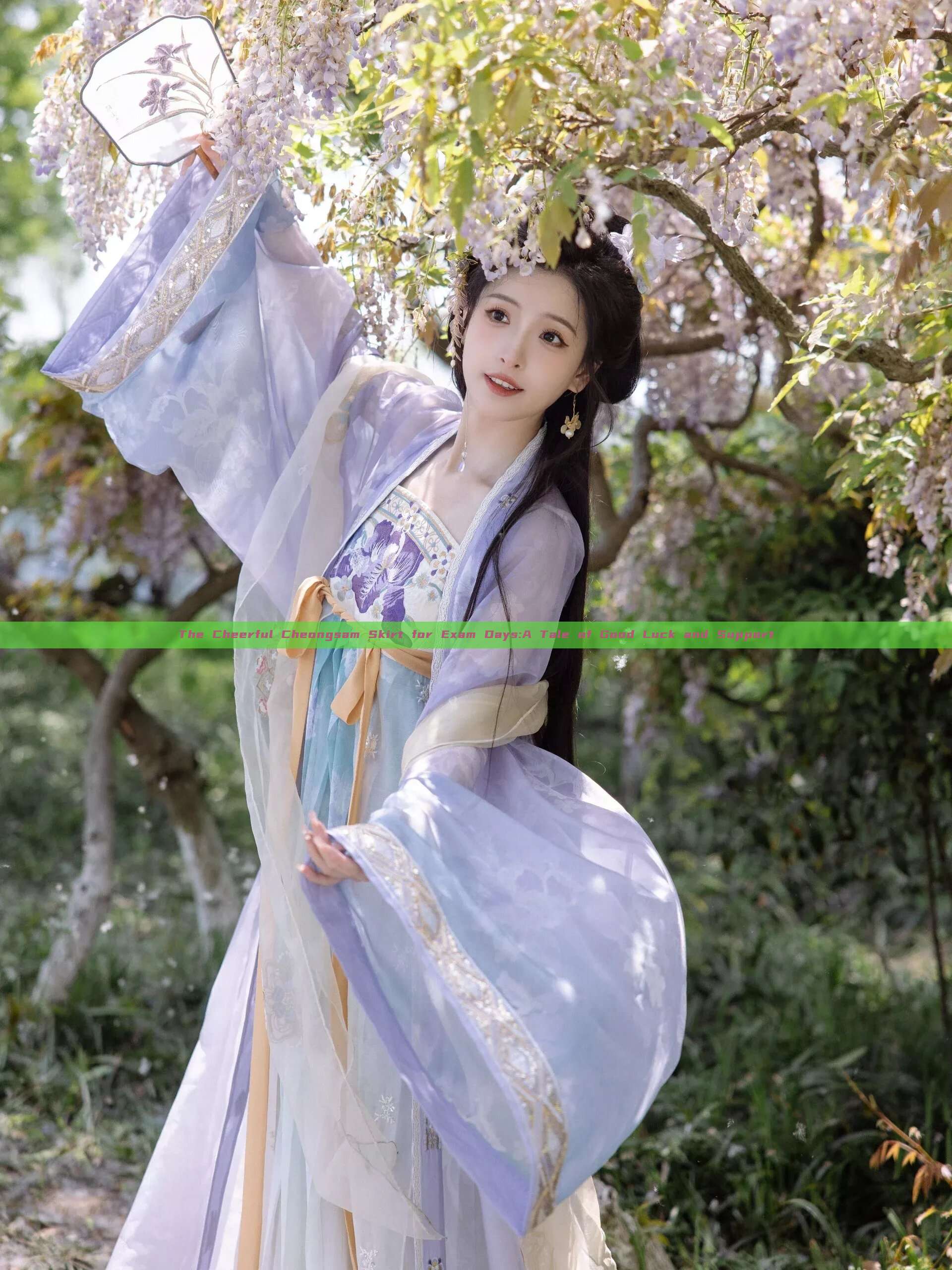In the realm of traditional Chinese attire, Hanfu, also known as Han clothing, has experienced a remarkable revival in recent years. As more and more people embrace this ancient style, the accessories that accompany it have gained equal attention, especially the exquisite range of headwear. Among these, hair ornaments and headflowers are not just simple fashion statements but also carry deep cultural significance.
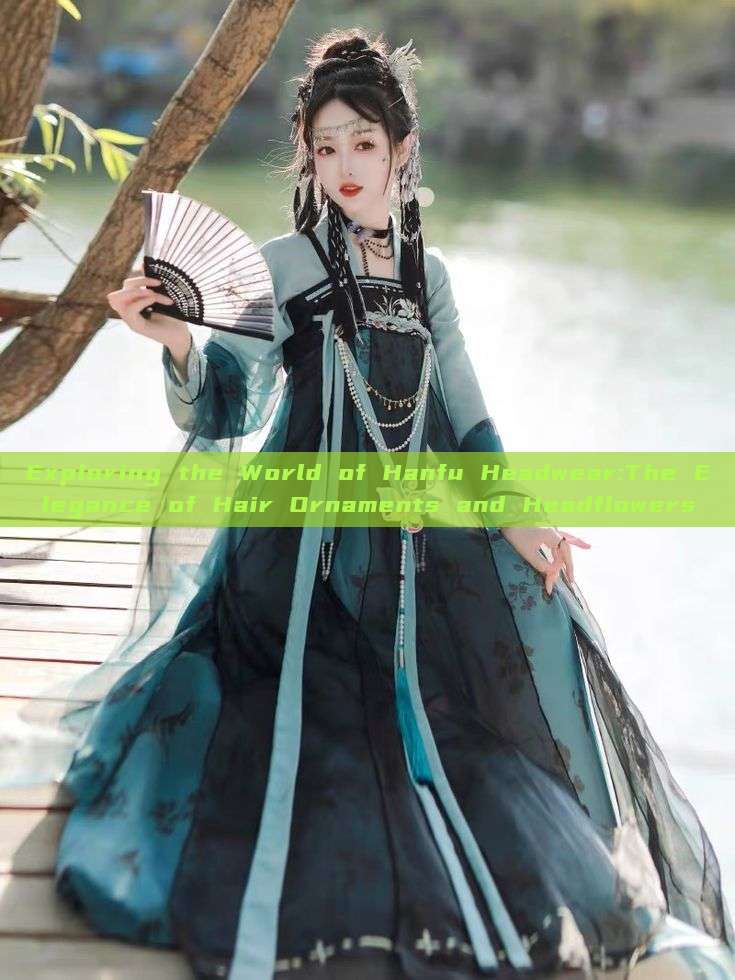
The art of hair decoration in Hanfu culture dates back to ancient times, when women used various methods to enhance their beauty and style. Headflowers, as a form of hair accessory, have played a pivotal role in this tradition. They are not just pieces of decoration; they are an integral part of the entire Hanfu ensemble, reflecting the wearer's personality and cultural heritage.
Headflowers come in various shapes, sizes, and designs, each one unique and beautiful in its own way. They are often made using a range of materials like silk, cotton, and even precious metals and gemstones. These headflowers are not just simple flowers; they are often adorned with intricate carvings and designs that tell a story or symbolize something significant to the wearer.
One of the most common types of headflowers is the hairpin, which is often used to secure the hair in place while also adding a decorative element. These hairpins are often made from precious metals like gold or silver and are adorned with gemstones or intricate carvings. Another type is the headband, which is worn around the forehead or as a head wrap, often adding a touch of elegance to the overall look.
The beauty of headflowers lies in their versatility. They can be paired with different styles of Hanfu to create different looks, from traditional to modern. The design and style of the headflower often depend on the occasion and the wearer's preferences. For example, a traditional Chinese wedding would call for a more intricate and elaborate headflower, while a casual outing might call for a simpler and more subtle design.
Headflowers also hold deep cultural significance. Many designs and symbols carved on them reflect the wearer's values, beliefs, and cultural heritage. For instance, some headflowers might have symbols that represent good luck, prosperity, or love. These symbols are not just for show; they are a way for the wearer to connect with their culture and traditions.
As Hanfu continues to gain popularity, the world is rediscovering the beauty and elegance of these traditional Chinese costumes and their accompanying headwear. The art of hair decoration in Hanfu culture is not just about fashion; it's about preserving and carrying forward a rich cultural heritage. Headflowers are not just pieces of decoration; they are a way to connect with your culture, your roots, and your identity.
In conclusion, headflowers are an integral part of Hanfu culture and an excellent way to showcase traditional Chinese beauty and elegance. They come in various shapes, sizes, and designs and can be paired with different styles of Hanfu to create different looks. Moreover, they hold deep cultural significance and are a way for the wearer to connect with their culture and traditions. As the world rediscovers the beauty of Hanfu, the role of headflowers in this传统服饰的复兴中将继续闪耀其独特的光芒。
Today, as we explore the world of Hanfu headwear, let us appreciate the artistry and craftsmanship that goes into creating these exquisite hair ornaments and headflowers. Let us also remember that they are not just pieces of decoration; they are a way to connect with our cultural roots, heritage, and identity. As we embrace this traditional style, let us also embrace the rich cultural heritage that it represents.

